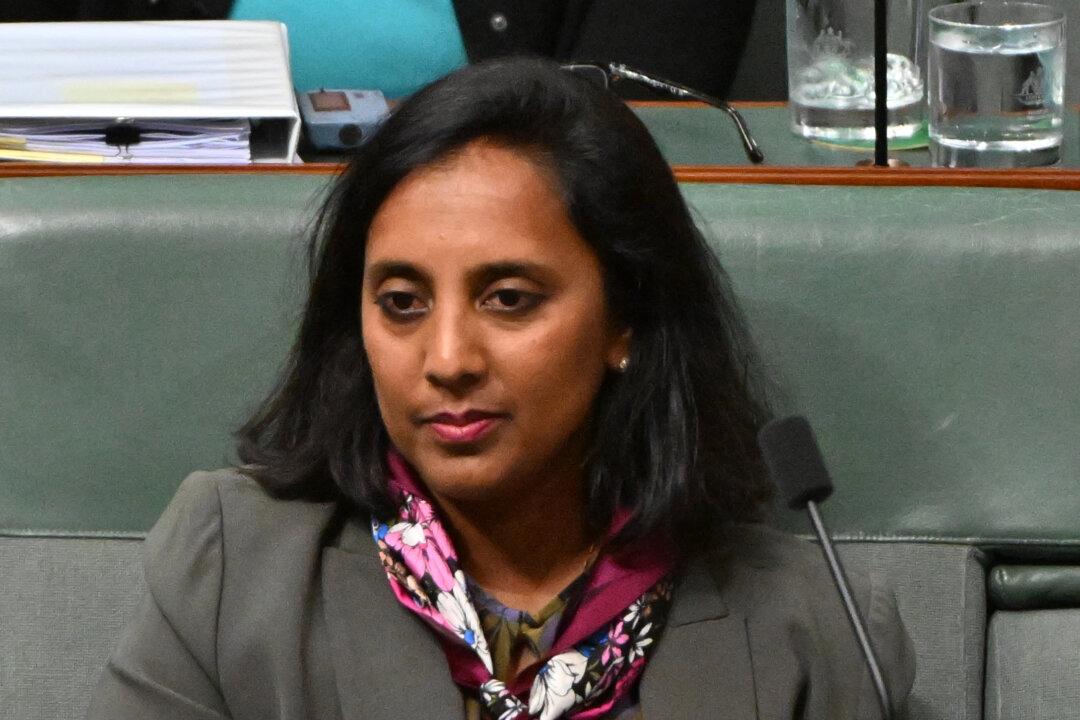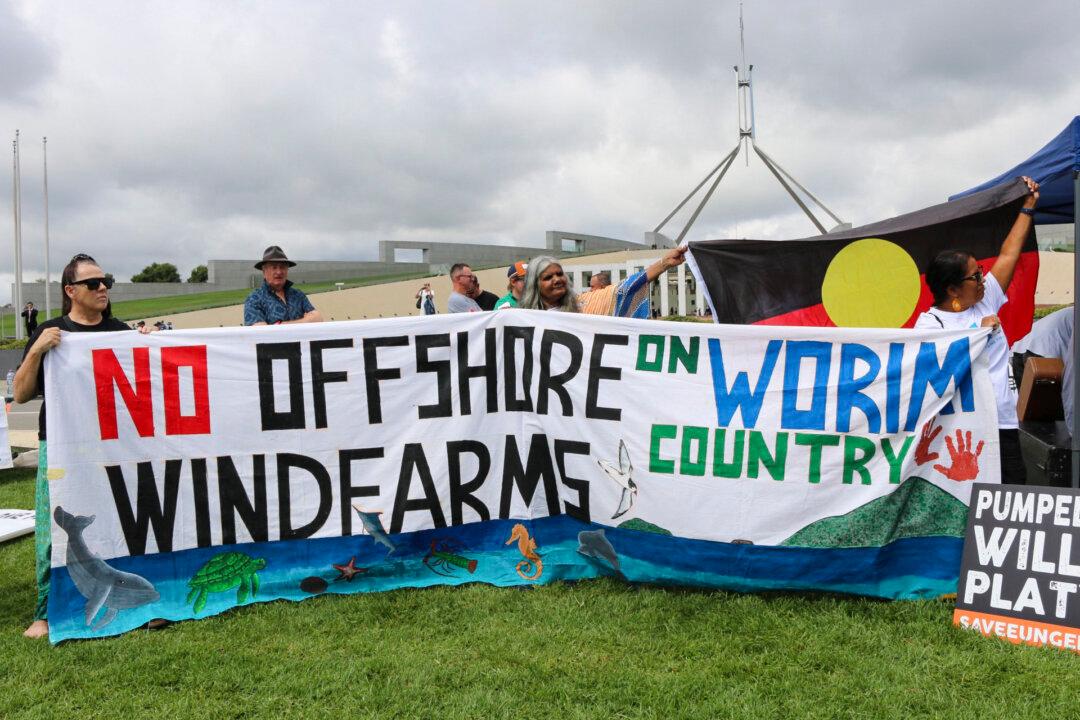Australian Transport Minister Catherine King has blamed the previous Morrison government for the current state of the Inland Rail project, saying it had been treated like “a strange vanity project” while failing to meet budget and schedule expectations.
Addressing the National Press Club on March 1, the minister said there were “significant concerns” about the project, one of the country’s largest infrastructure investments, as she shared some details of an unreleased independent review.





